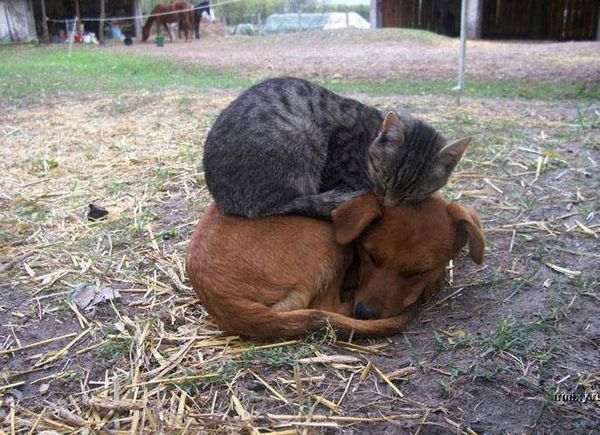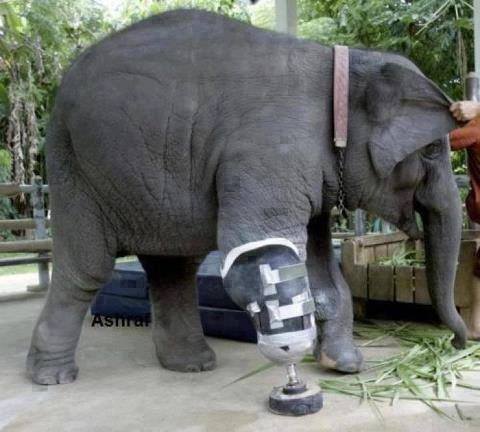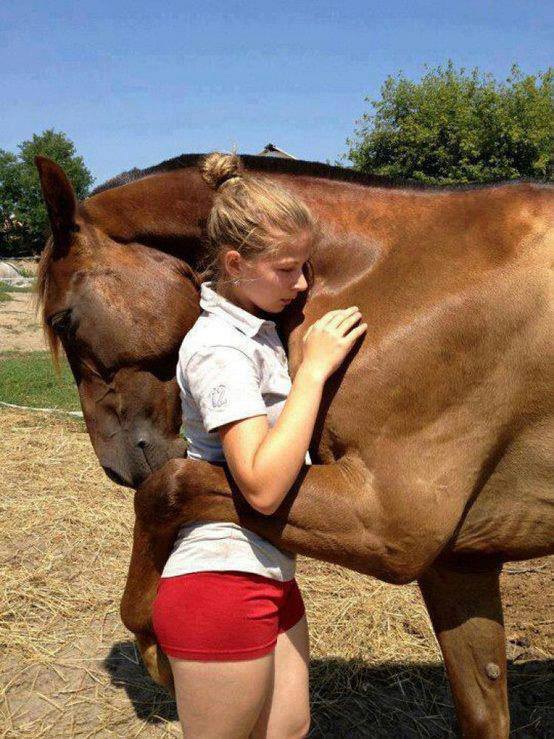
By Darlette Navrotski, MA, CCC-SLP
Darlette Navrotski
It has been said that this is an era of awakening. For many, this is a reminder to awaken to our spirit self, a side of ourselves that is so easy to push aside with all that needs to be done, in order to carry on in our daily lives. As a speech pathologist and one who works primarily in the field of AAC, I find that I need to constantly remind myself to “remember who I am.” It is so easy to get caught up in the technology piece of AAC – how to program, where to store vocabulary, what pictures to use, etc. I need to remind myself that I am trained as a speech language pathologist. My goal is to help individuals be efficient communicators and that means to show them how to use their words.
We have a lot of options in this time of ubiquitous technology, but simple things can take us a long way in the therapy we provide. We have all had those wonderful photos find their way into our inbox. These provide great opportunities for generating language at all levels.
Look at this picture and think about the language you might encourage from your client.

- You could start off with object labels: dog, cat
- You can add a verb: sleep/sleeping
- You can expand with a preposition: sleeping on
- You can teach questions: who sleep on?
- You can comment by projecting a feeling: Do you think the dog likes the cat sleeping on him?
- You can ask for an opinion about the picture: “I like it.”, “silly/funny”, “they are tired.”
Here are a few more. I’m using core words (primarily) and giving examples of syntactically simple sentences.

- What is happening?
- Drink/It want drink/ The animal is drinking.
- How is he feeling?
- Thirsty/he is thirsty.
- Tell me what you think of him.
- He is smart/silly.
- He should not drink that.
- I think he likes it.
- All gone/finished

- What is different about this elephant?
- Leg not good.
- He has bad foot.
- He can’t use his foot.
- He needs help.
- He got hurt.
- Someone made new leg for him.
- He does not have a leg and someone made one for him.

- Tell me something about this picture.
- Horse like boy.
- Boy is laughing.
- How does it feel?
- It feels wet/hot.
- It make boy laugh.
- Boy did not know he was going to do that.

- Tell me something about this picture.
- Girl look sad.
- He is nice.
- He help her.
- She feel better.
- Horse leg on/around girl.
- Horse love/hug girl.
- He knows she is sad.
- It looks like the horse is hugging her.
You can make the use of beautiful photos a special segment in your therapy session. You can have your student/client pick the picture they want to talk about. You can incorporate this as a writing activity.
If you are looking for some clinical tips, the AAC Institute has some great AACtion Points on Prompting Strategies, Recasts and AAC, and Aided Language Stimulation.
Pictures of animals and people always generate warm feelings and provide opportunities to share the moment and to …..just talk……
It’s that connection that we make with the individuals we work with and the joy that we share, that touches us on a deeper level and makes a lasting impression. It helps us remember who we are and why we do what we do.
Stories and Strategies fo...
